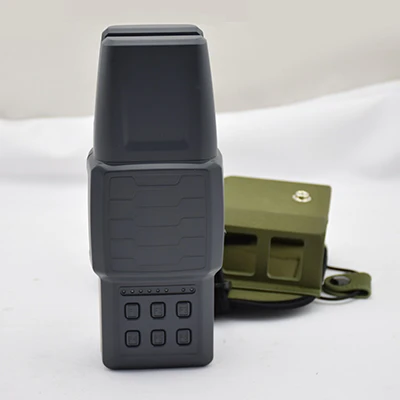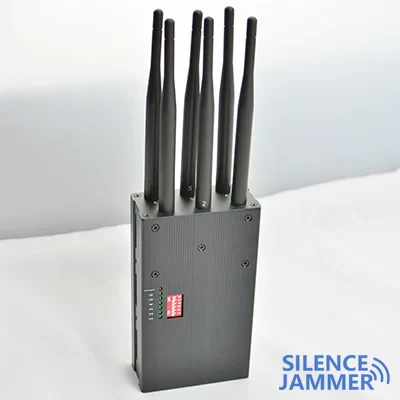Russian drones face interference from their own electronic warfare systems
In the fierce confrontation between Russia and Ukraine, Russia's first-person view (FPV) drones have repeatedly failed due to interference from their own electronic warfare systems. According to Russian military blogger Svyatoslav Golikov, a lack of coordination between Russian drone teams and electronic warfare units approaching Avdiivka in eastern Ukraine resulted in about 30% of FPV drones failing to reach the intended target area. These drones often fell immediately after launch, and some even lost control during takeoff due to electronic interference.

Electronic warfare systems: the mastermind behind the interference
Electronic warfare systems play a vital role on the modern battlefield, especially in the use of drones. Both Russia and Ukraine have deployed these systems on the front line to interfere with the other side's drone targeting systems and satellite signals. While electronic warfare technologies are designed to weaken the enemy's combat capabilities, when these technologies are not precisely controlled, they can have a negative impact on one's own equipment. This was the case in Russia, where its electronic warfare system inadvertently interfered with the operation of its own drones, resulting in mission failure.
Success of Ukraine's countermeasures
Ukraine is not doing nothing either. According to another Russian military blogger, the Ukrainian army has adjusted the operating frequency of its drones to successfully avoid Russian electronic warfare interference. This strategy forced the Russian side to readjust the frequency of its FPV drones to avoid Ukraine's electronic warfare systems. However, it remains to be seen whether this adjustment can effectively respond to Ukraine's countermeasures.

Game between drones and signal jammers
In the Ukrainian war, the game between drones and signal jammers has become increasingly fierce. Both sides are working to improve the performance of drones and develop more advanced anti-drone technologies. Although Russia has continued to improve its drone production and technology, Ukraine has demonstrated excellent coping capabilities by flexibly adjusting frequencies and bypassing signal jammers.
Summary: The double-edged sword of signal jamming
Signal jammer devices have a dual role on the modern battlefield. Although they can effectively weaken the combat capability of enemy drones, they may also have unexpected negative effects on one's own equipment. Russian FPV drones have been repeatedly frustrated by the interference of their own electronic warfare systems, highlighting the complexity and challenges of electronic warfare. This incident reminds us that in the future development of military technology, the importance of coordination and precise control will be more prominent.




